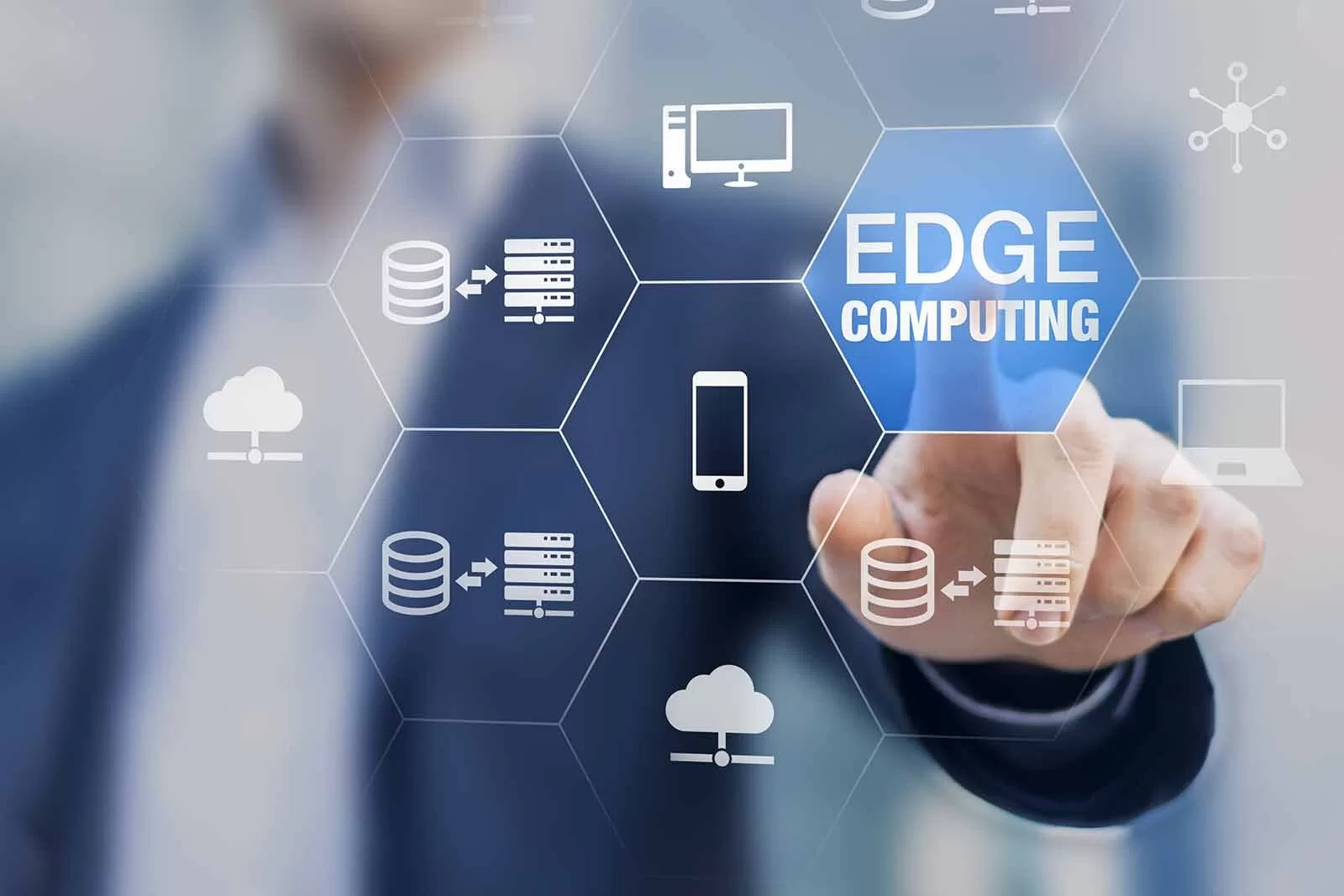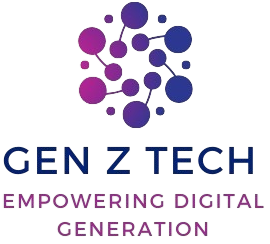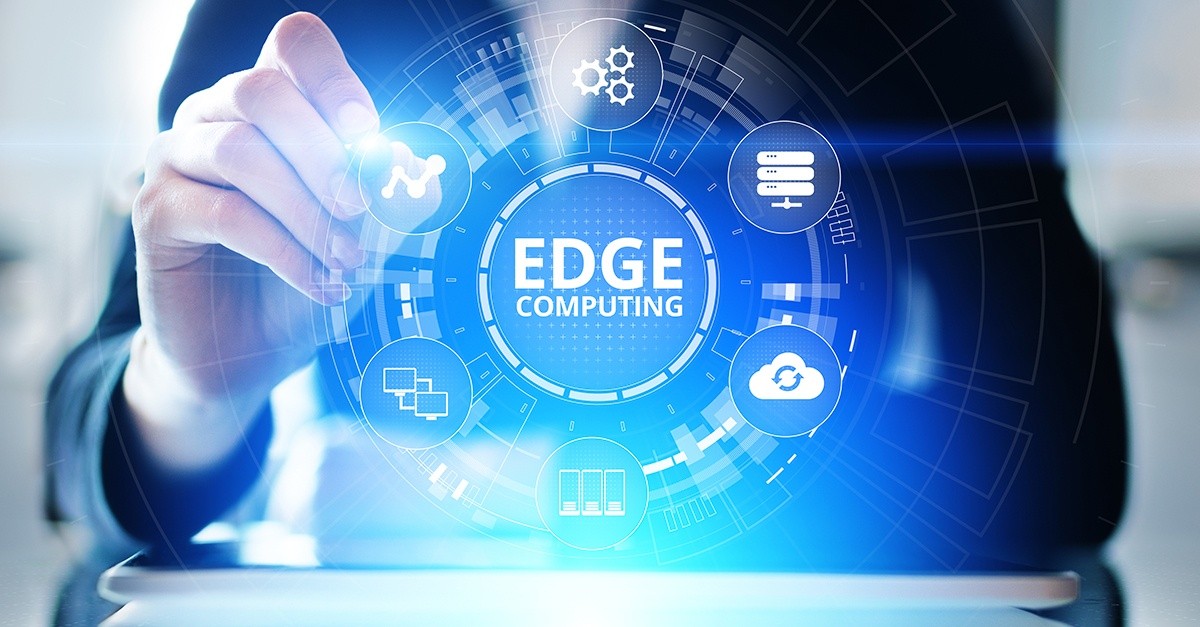Edge Computing: Decentralizing Data Processing; In today’s increasingly connected world, the volume of data generated is growing exponentially. Traditional cloud computing models, where data is sent to centralized data centers for processing, are becoming less efficient as latency, bandwidth, and privacy concerns mount. This has led to the rise of Edge Computing, a decentralized approach to data processing that promises to transform the way we handle and interact with data in real-time.
What is Edge Computing?
Edge computing https://genztech.online/ refers to the practice of processing data closer to the source where it is generated, rather than relying on a centralized cloud or data center. The “edge” in edge computing is the point where the data is created, such as sensors, cameras, or IoT devices. By bringing computation and data storage closer to these sources, edge computing minimizes the need for large amounts of data to be sent to remote data centers, reducing latency and bandwidth usage.

The Need for Decentralization
As more devices become connected through the Internet of Things (IoT), the demand for faster data processing and real-time decision-making has skyrocketed. Centralized cloud computing models struggle to meet these demands due to the physical distance between the data source and the processing centers. This distance introduces latency, which can be critical in applications like autonomous vehicles, smart cities, and industrial automation, where split-second decisions are necessary.
Edge computing addresses this issue by decentralizing data processing. Instead of sending data across long distances to be processed in a cloud data center, edge computing processes data locally, at or near the source. This not only reduces latency but also decreases the load on network bandwidth, as only the most relevant data is sent to the cloud for further analysis or long-term storage.
Key Benefits of Edge Computing
- Reduced Latency: One of the most significant advantages of edge computing is the reduction in latency. By processing data closer to the source, edge computing enables faster responses, which is crucial for applications that require real-time processing, such as autonomous vehicles or augmented reality.
- Improved Bandwidth Efficiency: Edge computing reduces the amount of data that needs to be transmitted to the cloud, freeing up bandwidth for other uses. This is particularly beneficial in environments where bandwidth is limited or expensive, such as remote locations or large-scale IoT deployments.
- Enhanced Privacy and Security: By keeping sensitive data closer to the source and limiting the need to transmit it across networks, edge computing can improve data privacy and security. Localized processing also reduces the attack surface, as data is not centralized in a single location, making it less vulnerable to cyberattacks.
- Scalability and Flexibility: Edge computing allows for greater scalability and flexibility in deploying computing resources. Organizations can deploy edge computing nodes as needed, based on the specific requirements of their applications, rather than relying solely on centralized cloud infrastructure.

Real-World Applications of Edge Computing
Edge computing is already making significant impacts across various industries. In the automotive industry, for example, autonomous vehicles rely heavily on edge computing to process the vast amounts of data generated by sensors and cameras in real-time. This enables the vehicle to make quick decisions, such as detecting obstacles or pedestrians, without relying on cloud-based processing that could introduce delays.
In healthcare, edge computing is being used to enhance patient care by enabling real-time monitoring and analysis of vital signs. Wearable devices can process data locally and provide immediate feedback to both patients and healthcare providers, allowing for quicker interventions when necessary.
Manufacturing is another sector where edge computing is gaining traction. Smart factories use edge computing to monitor and control machinery in real-time, optimizing production processes and reducing downtime. By processing data on-site, these factories can respond instantly to changes in conditions, improving efficiency and reducing costs.
Challenges and the Future of Edge Computing
Despite its many advantages, edge computing is not without its challenges. The decentralized nature of edge computing can make it more complex to manage, as organizations must maintain multiple distributed nodes rather than a centralized system. Security is also a concern, as edge devices can be more vulnerable to physical tampering and cyberattacks if not properly secured.
However, as technology continues to evolve, the potential of edge computing is vast. Advances in AI and machine learning will further enhance the capabilities of edge computing, enabling even more sophisticated real-time processing at the edge. As the demand for low-latency, high-bandwidth applications continues to grow, edge computing is poised to play a critical role in the future of data processing.

Conclusion
Edge computing represents a significant shift in the way we approach data processing. By decentralizing computation and bringing it closer to the source, edge computing offers numerous benefits, including reduced latency, improved bandwidth efficiency, and enhanced security. As industries continue to adopt and innovate with edge computing, it will undoubtedly become a cornerstone of the modern digital infrastructure, enabling faster, more efficient, and more secure data processing in an increasingly connected world.

